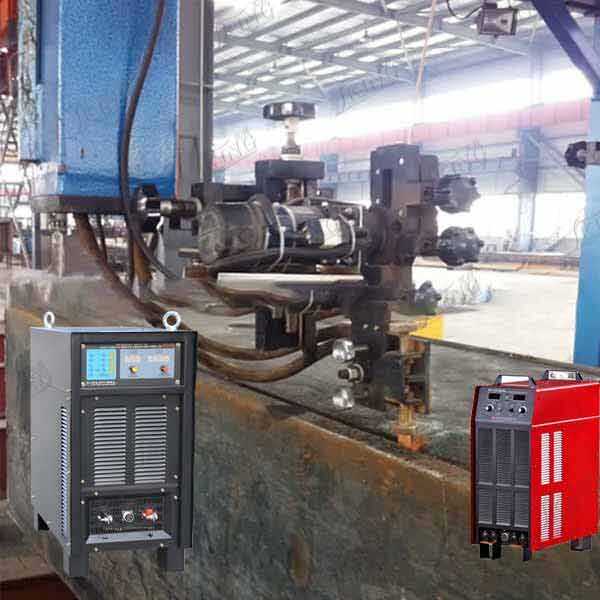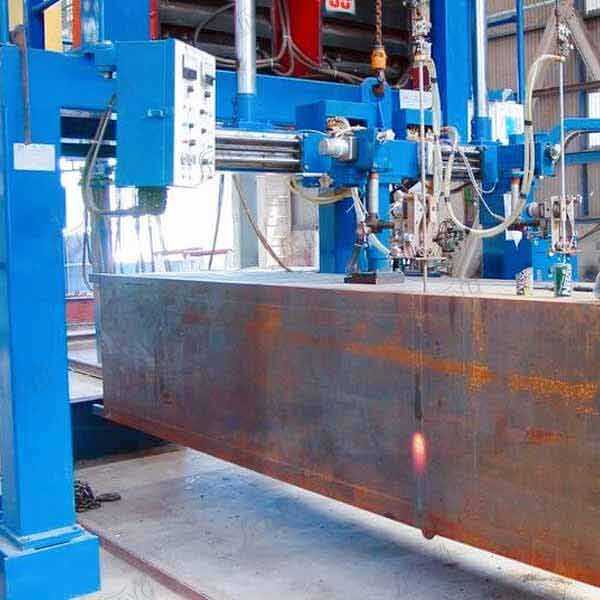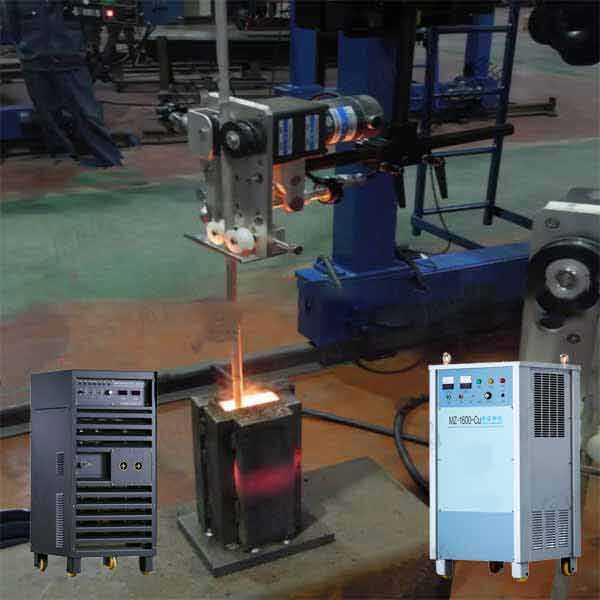esw welding equipment manufacturer
ESW welding equipment manufacturers specialize in producing advanced electroslag welding systems that revolutionize heavy-duty welding applications. These manufacturers develop comprehensive welding solutions that incorporate state-of-the-art technology for optimal performance in demanding industrial environments. Their equipment typically features automated control systems, precise flux delivery mechanisms, and robust cooling systems essential for maintaining stability during high-current welding operations. The systems are engineered to handle thick-section joints, particularly in applications requiring deep penetration and high deposition rates. Modern ESW equipment includes sophisticated monitoring systems that provide real-time feedback on crucial parameters such as voltage, current, and heat input. Manufacturers often integrate smart controls that allow for precise adjustment of welding parameters, ensuring consistent weld quality across long seams. The equipment is designed with modular components for easy maintenance and upgrades, making it adaptable to evolving industrial needs. These systems are particularly valuable in industries such as shipbuilding, heavy equipment manufacturing, and large-scale construction projects where thick plate welding is essential.


